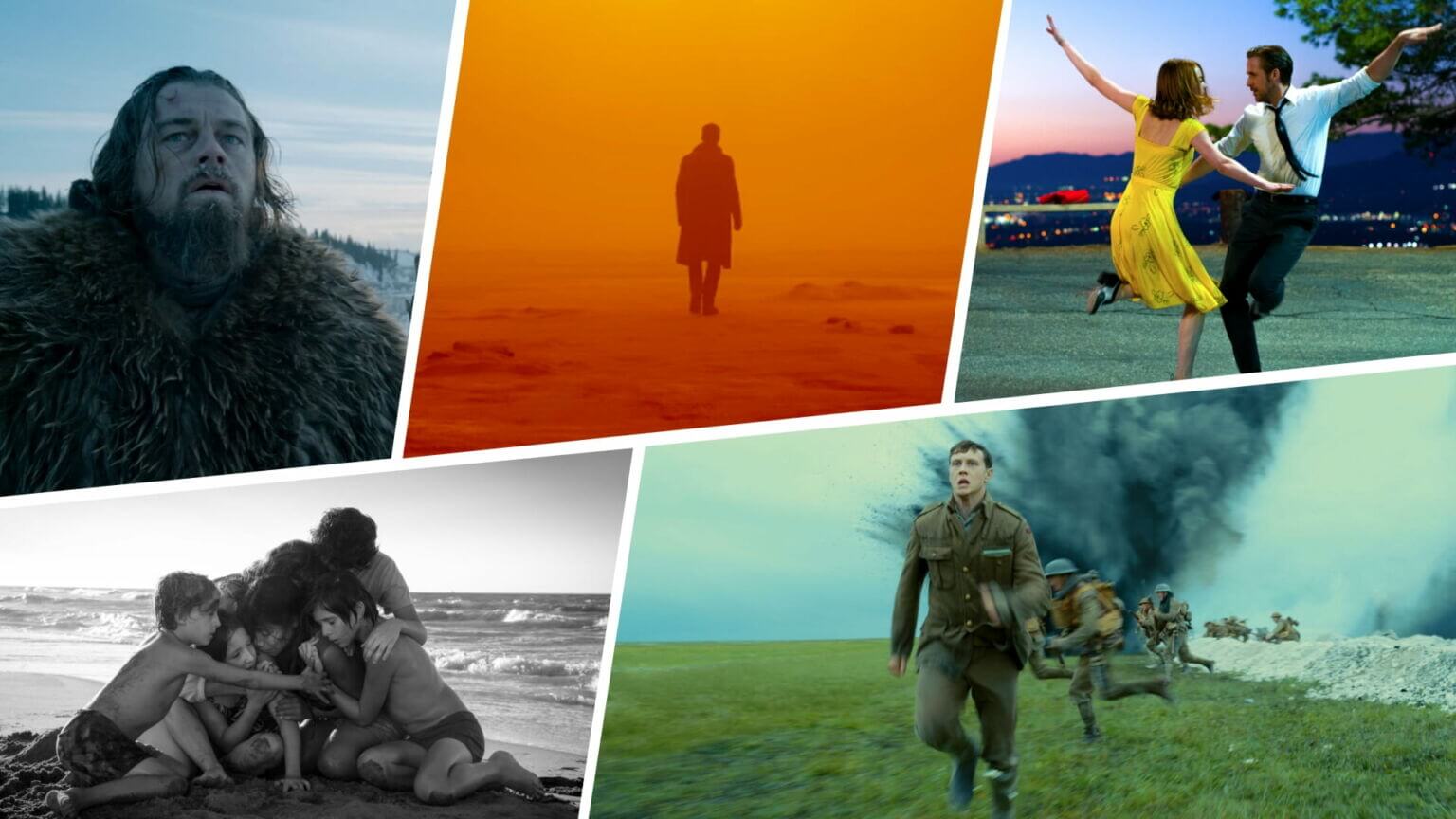
The medium shot is one of the most widely used cinematography techniques that is seen throughout movies. Both are used by cinematographers to set the mood. The close-up features usually just the head of the character or the area from neck up, whereas the extreme close up features only a portion of the face, usually the eyes or the mouth. The close-up and the extreme close up shots are used to engage viewers and help them to connect deeply with the emotions of the character in the scene. Extreme long shots can show a subject at scale in relation to their surroundings. It is one of the most commonly used cinematography techniques when it comes to showing the audience that the upcoming scenes are taking place in a new city or area that is explicitly different from the previous area in which the story was initially being delivered. The extreme long shot is used to transition from one area to another. Long shots can make the audience feel like they are casually watching the scene unfold nearby. The entire body of a subject is in view with a wide shot, which is sometimes used to show multiple subjects interacting in a scene such as when actors are walking along a street chatting. The long-shot is sometimes called the wide shot and refers to a cinematic technique that involves capturing the shot close enough that the audience can see what’s going on but still far enough away that there’s no emotional connection just yet.

POV shots are often accomplished with attachable cameras that capture the footage as the subject acts out the scene. The Point-of-View Shot, also referred to as the first-person shot, is one of many cinematography techniques that brings the audience right into the scene to connect in a way that makes them feel as if they are in the character’s position.

Usually captured either from a steady view or moving along an axis. Mastering these essential cinematography techniques separates an average cinematographer from one that will produce the most engaging, impactful, and inspiring cinematic shots in the industry.ġ. Great cinematographers master the art of visual storytelling by capturing the best shots to artfully tell the story delivering to the viewer only what the camera operator intends the viewer to see and only how they intend the viewer to receive it.

Good cinematographers get behind the camera and capture a wide range of shots as they are defined in the shot list by the producer. 10 Essential Cinematography Techniques & Tricks for Cinematic Shots


 0 kommentar(er)
0 kommentar(er)
